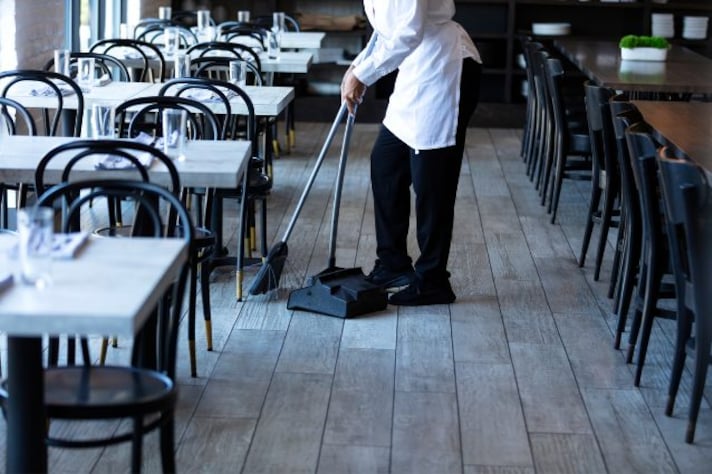
If you’ve ever dined at a restaurant and found your table magically reset between courses or your empty plates whisked away as if by an invisible hand, you’ve encountered the work of a busser. They are the unsung heroes of the dining floor, tirelessly maintaining the rhythm and flow of a busy restaurant. While waiters and chefs may bask in the limelight, it’s the busser who ensures that the show goes on without a hitch. But what exactly does a busser do, and why is their role so crucial to the dining experience?
The Duties of a Busser
A busser’s duties go beyond simply clearing tables. Think of them as multitasking dynamos, performing a delicate balancing act that keeps the dining area neat and orderly. Bussers clear away plates, glasses, and cutlery after diners finish, reset tables for the next guests, and ensure everything is spotless and in place. But that’s just the tip of the iceberg—they also assist the kitchen and waitstaff, often running clean dishes from the back and replenishing items like napkins, condiments, and silverware. Their role is a mix of agility and efficiency, as they seamlessly transition from one task to another, often while navigating a crowded dining room with a tray full of dishes. Without their quiet hustle, the entire dining experience would come to a grinding halt.

Is Bussing a Tough Job?
Make no mistake—bussing is no walk in the park. It’s more like a sprint around the restaurant, often for hours on end. Bussers work on their feet, moving swiftly to keep up with the fast pace of service, and they need to be quick thinkers, reacting on the fly to help waiters and chefs without skipping a beat. The job is physically demanding, requiring the stamina to lift heavy trays and maneuver through crowded spaces with grace (or at least, minimal collisions). Beyond the physical aspect, there’s also the mental stamina needed to juggle tasks, all while keeping an eye on the dining room’s overall state. It’s a role that demands efficiency, attention to detail, and teamwork—a tough gig, no doubt, but an essential one for the restaurant’s success.
Orders Up? Do Bussers Take Orders Like Waiters Do?
No, bussers don’t typically take orders from diners—that’s the waiter’s domain. Bussers are focused on maintaining the environment, not managing orders. However, they do interact with customers, often refilling water glasses or bringing out extra napkins upon request. In some cases, they might assist waiters by delivering food to tables when it’s busy, but they’re not responsible for the main act of taking or managing orders. Their role is all about supporting the waitstaff, ensuring everything runs smoothly so that diners receive the best service possible.

Do Bussers Make Much Money?
The financial side of bussing isn’t exactly glamorous. Bussers generally earn an hourly wage that’s lower than waiters, since they don’t receive tips directly from customers. However, in many restaurants, bussers do get a share of the pooled tips, which varies depending on the restaurant’s policies and its volume of business. Some nights might be more lucrative than others, but overall, bussers often aren’t raking in the cash. Despite the hard work, it’s a role that, while essential, doesn’t always translate into big bucks. It’s more like a steady gig that keeps things moving, rather than a job where you’ll be rolling in dough—at least, not literally.
Waiters vs. Bussers: Spotting the Difference
While they work in tandem, the roles of waiters and bussers are distinct. Think of waiters as the main act—they’re the face of customer service, taking orders, delivering meals, and ensuring that diners have a memorable experience. Bussers, on the other hand, are more like the backstage crew. They’re not front and center with guests but work diligently behind the scenes to maintain the restaurant’s rhythm. Waiters handle the customer’s needs directly, while bussers focus on resetting tables, cleaning up, and supporting the overall flow. It’s a dynamic partnership where each role complements the other, but with clear lines drawn between the responsibilities.
;Resize,width=767;)
